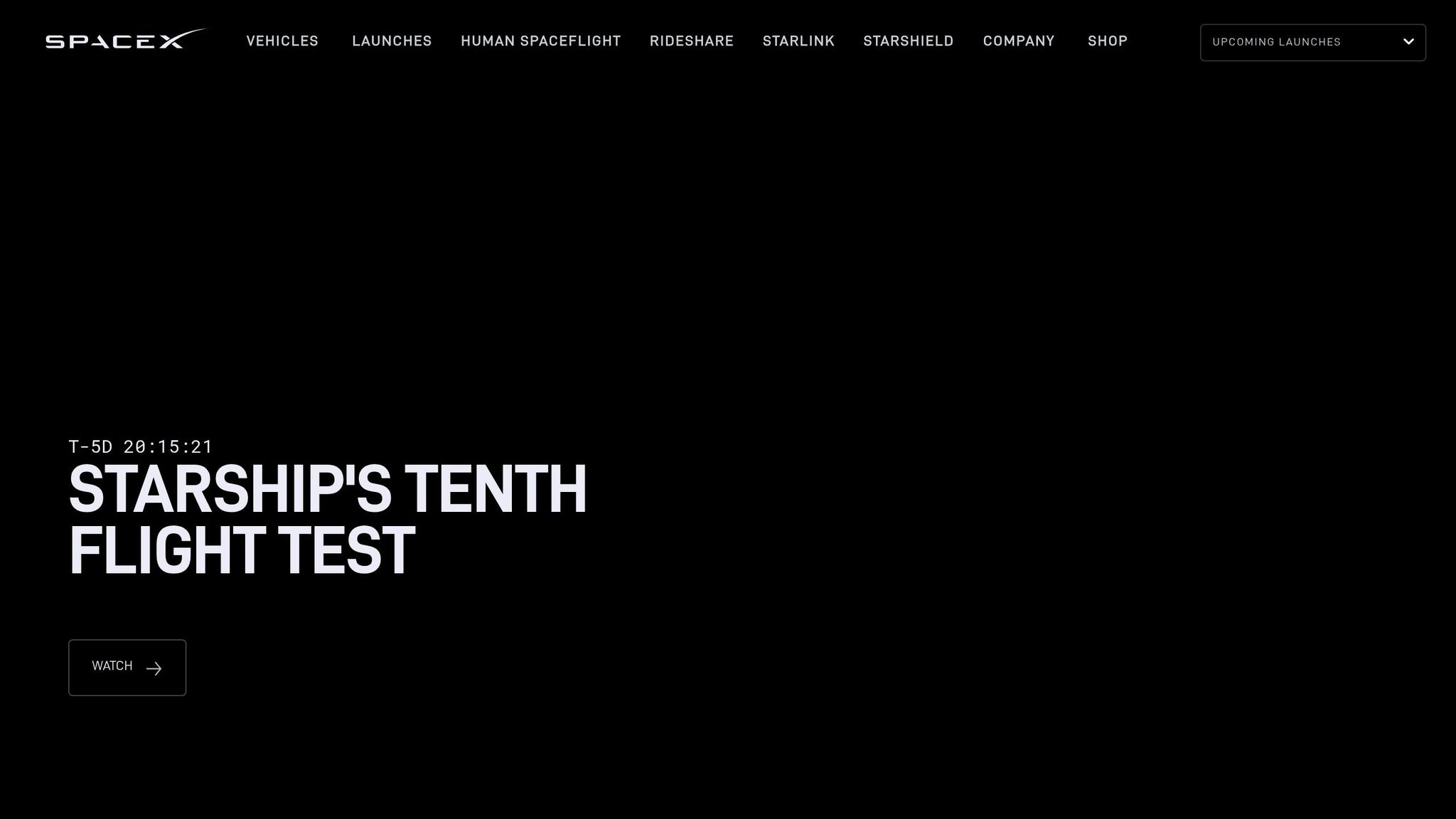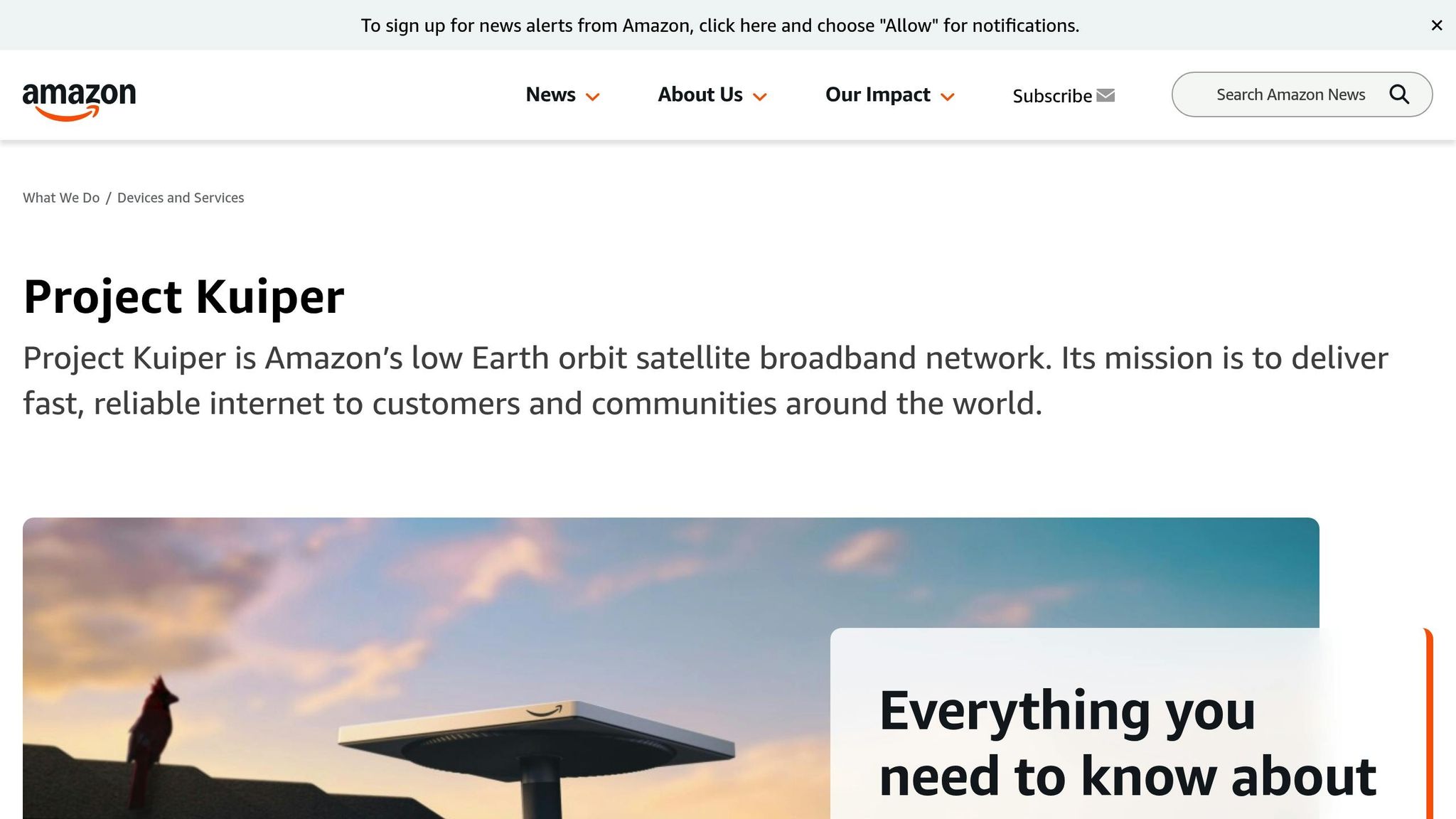Starlink User Terminal Production Costs Drop 50%
SpaceX's innovative production methods have cut Starlink user terminal costs by 50%, enhancing affordability and market competitiveness.

SpaceX has reduced the production costs of its Starlink user terminals by 50%, addressing one of the biggest challenges in satellite internet: affordability. This cost reduction eliminates heavy subsidies, improves profit margins, and strengthens its market position.
Key Points:
- Previous Costs: Terminals once cost SpaceX $1,000–$2,000 more than the $499 charged to customers.
- Production Changes: Advanced manufacturing techniques, simplified designs, automated assembly lines, and in-house production contributed to the cost drop.
- Market Impact: Satellite internet is projected to grow from $14.56 billion in 2025 to $33.44 billion by 2030, with cheaper terminals playing a major role.
- Consumer Pricing: Despite lower production costs, SpaceX reinvests savings to expand its network, keeping consumer prices steady.
This move positions SpaceX as a leader in the satellite internet industry, while competitors like Amazon's Kuiper are still in early development stages.
Elon Musk reveals BRAND NEW details about SpaceX's Starlink Satellite Internet

1. Starlink User Terminals
SpaceX has changed the game when it comes to building and pricing Starlink user terminals, setting new standards for the satellite internet industry. By focusing on cutting costs and streamlining production, the company has managed to expand its reach at an impressive pace.
Production Cost per Unit
SpaceX has managed to slash production costs for its user terminals by 50% compared to earlier models. This significant drop is largely due to the adoption of advanced phased-array manufacturing techniques. By moving away from older, more traditional methods, SpaceX has created a more efficient production process. The result? Hardware sales are now much closer to breaking even, and in some cases, even generating profit.
Manufacturing Process
The terminals are now built entirely in-house, allowing SpaceX to redesign key components for faster updates and better quality control. The second-generation terminals, for instance, feature a simplified antenna array and use fewer materials, which has helped reduce costs. These newer models are also lighter and more energy-efficient.
SpaceX has also introduced automated assembly lines, standardized parts sourcing, and improved quality testing. Custom-built tools and machinery have further cut labor expenses while ensuring consistent production quality. All of these changes align with SpaceX's goal of creating a scalable and efficient manufacturing process.
Scalability
To meet growing demand, SpaceX has built a production system that can easily scale up. By integrating its supply chain and increasing production capacity, the company can adjust output as needed. This approach not only lowers the cost per unit through economies of scale but also ensures SpaceX can keep up with rising demand.
Consumer Pricing
Even though production costs have dropped, the price for consumers has stayed the same. SpaceX uses these savings to reinvest in expanding its network, aiming to make satellite internet available to as many people as possible.
For those interested in how these cost-saving measures could influence SpaceX's market performance, more details are available in the SpaceX Stock Investment Guide.
2. Amazon Kuiper User Terminals

Amazon's Kuiper project is still in its early stages, leaving much about its production strategy under wraps. There's limited public information on how Amazon plans to manufacture its user terminals, manage costs, or scale operations effectively.
This lack of clarity stands in stark contrast to SpaceX, which has openly showcased its cost-cutting innovations. The uncertainty surrounding Kuiper's user terminals highlights the challenges of a project still finding its footing.
Advantages and Disadvantages
Starlink has managed to slash production costs by 50%, thanks to its vertically integrated operations and in-house manufacturing. This cost-cutting success comes from SpaceX's ability to innovate within its production process, taking advantage of savings that traditional manufacturers often can't achieve. On the other hand, Amazon's Kuiper project, still in its developmental phase, has yet to prove it can match this level of efficiency.
As Starlink ramps up production to keep up with rising demand, it faces the ongoing challenge of balancing cost reductions with maintaining product quality. Meanwhile, Kuiper, while potentially able to tap into Amazon's well-known logistics expertise in the future, has yet to showcase a clear plan for achieving similar production efficiencies. This contrast highlights SpaceX’s established operational prowess, giving it a clear edge in market readiness compared to Kuiper.
For those interested in diving deeper into how these operational differences might influence valuations, check out the SpaceX Stock Investment Guide.
Conclusion
SpaceX has managed to cut production costs by 50%, thanks to its focus on vertical integration and streamlined manufacturing processes. This achievement not only makes Starlink broadband more affordable for underserved areas but also strengthens the company’s position as a leader in technology and financial efficiency.
While Amazon’s Kuiper project is still in its early stages, Starlink has already scaled up production and expanded its global presence. This head start could enhance its market position and open doors to significant revenue growth.
For investors, these advancements highlight SpaceX's knack for turning engineering challenges into competitive advantages. The company’s disciplined financial management and operational expertise make it a compelling player in the private space sector.
These cost-saving measures and operational milestones contribute directly to SpaceX’s valuation and growth potential. To learn more about how these developments impact private market valuations and investment opportunities, check out the SpaceX Stock Investment Guide.
FAQs
How does lowering production costs for Starlink user terminals affect the price of satellite internet for customers?
SpaceX has managed to slash production costs for its Starlink user terminals by 50%, which could pave the way for more affordable satellite internet access. By refining manufacturing processes and implementing cost-efficient strategies, the company might eventually pass these savings along to customers. This could mean lower hardware prices, reduced subscription fees, or both.
Although SpaceX hasn’t officially revealed any pricing updates, these cost reductions enhance Starlink’s scalability. This could significantly broaden its reach, especially in remote or underserved regions where reliable internet is often hard to come by.
How did SpaceX reduce production costs for Starlink user terminals by 50%?
SpaceX has managed to slash production costs for its Starlink user terminals by half, thanks to cutting-edge manufacturing methods and automation at its Bastrop, Texas facility. By leveraging high-volume, automated processes and robotics, the company now churns out approximately 15,000 terminals per day, significantly reducing both labor and material expenses.
A key factor in this cost reduction is the improved design of its phased array antennas. These antennas steer signals electronically, eliminating the need for moving parts. This design tweak has not only simplified production but also boosted efficiency, helping SpaceX deliver affordable Starlink terminals without compromising on performance.
Why hasn’t SpaceX lowered the price of Starlink user terminals even though production costs have dropped significantly?
SpaceX has chosen not to lower the price of its Starlink user terminals, focusing instead on ramping up production and expanding its service worldwide. By no longer subsidizing the production costs, the company has improved its profitability, which aligns with its larger objectives of boosting network capacity and deploying additional satellites.
Keeping the current pricing structure also helps SpaceX manage operational expenses and invest in future developments. Although production costs have gone down, the company seems to be carefully balancing affordability with its long-term growth plans for the Starlink program.
Comments ()